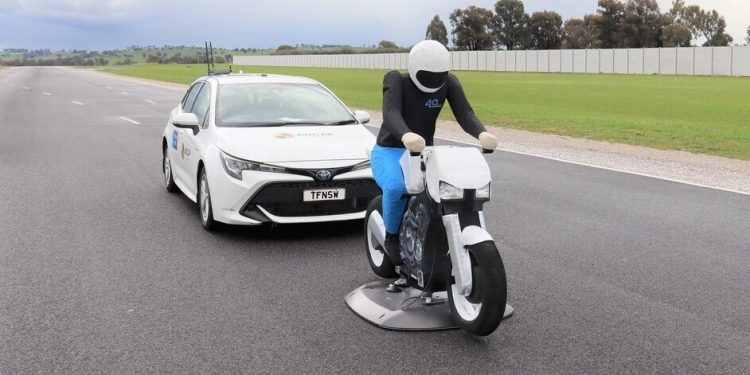ANCAP broadens test and rating criteria for 2023
Words: Harrison Wade
From 2023, the Australasian New Car Assessment Program (ANCAP) will be introducing new and updated tests and assessments to its star rating regime.
The changes coincide with that of Euro NCAP’s regime which will encourage carmakers to make safety improvements to their vehicles.
Changes to the testing regime for 2023 include:
- Motorcycle-detecting autonomous emergency braking systems (AEB).
- Pedestrian and cyclist protection and collision avoidance testing:
- AEB in reverse with a child pedestrian.
- AEB at a junction with a cyclist crossing the path of a vehicle entering a side street.
- Cyclist detection warning from behind when opening doors.
- AEB head-on and junction crossing.
- Child presence detection if locked in a car.
- Ability for passengers to escape a vehicle when submerged under water.
Existing assessment areas will also be enhanced:
- A heightened focus on vehicle-to-vehicle compatibility (introducing a potential 8.00 point penalty compared with the current 4.00 point penalty).
- A 10 per cent increase to the star rating thresholds for Vulnerable Road User Protection.
- The assessment of direct driver monitoring systems to manage driver inattention and fatigue.
- An expansion of autonomous emergency braking test scenarios to include additional night-time tests and child pedestrian avoidance tests when a vehicle is in reverse.
“Vehicles, and the safety technologies within them, are continuing to evolve, and our test criteria are too,” said ANCAP Chief Executive Officer, Carla Hoorweg.
“Our 2023 requirements build upon our existing criteria to promote further vehicle safety improvements and address some of the ongoing challenges on our roads.”





